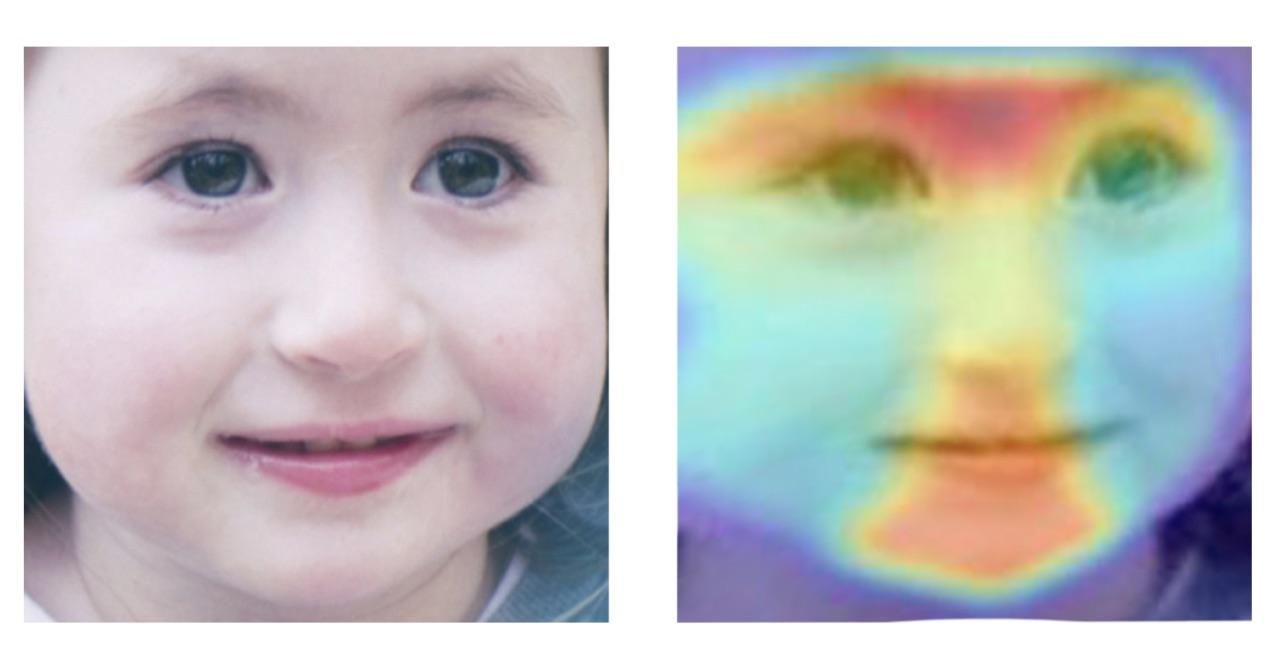The neural network was trained to identify rare hereditary diseases from a photograph of a person.

People often make mistakes - this applies to both professionals and beginners in almost any field. The cost of an error in medicine is especially high, where an incorrect diagnosis can lead to health problems or even patient death. On the contrary, the time of the identified disease, the correct diagnosis allows you to assign the correct course of treatment, which will help to recover.
Increasingly, artificial intelligence is used in medicine. It helps to identify weak links and process huge data arrays - a person cannot cope with these tasks. One of the new developments is the project of a joint group of specialists from Germany, the USA and Israel, which allows to identify a hereditary disease from a photograph of a person.
The authors of the work taught the neural network to recognize a genetic disease with a high degree of accuracy - over 91%. At the same time the service is available as a mobile application, complex equipment is not needed.
')
In general, the diagnosis of genetic diseases is a challenge even for experts in this field. And for an ordinary doctor, who rarely encounters exotic diseases, the diagnosis of genetic diseases is almost impossible at all. After all, some diseases of a genetic nature are very rare, they may not meet a doctor for all the time of his many years of practice. But the identification of such diseases is a critical task for the health and life of the patient.
The DeepGestalt face recognition system, developed under the guidance of Yaron Gurovich from Tel Aviv University, has enabled the correct diagnosis of several hundred genetic diseases from just one photograph of the patient. As in many other cases where it is a question of working with AI, the scientists used a convolutional neural network. She was taught to divide the image into small elements of 100 * 100 pixels.
Further, referring to the database, the system tries to determine the presence of a particular disease in a patient from a photo. The diagnosis is made probabilistic, the diseases with the maximum number of matches are indicated.

Scientists started small - the neural network was trained to detect Cornelia de Lange syndrome . This is a hereditary disease manifested by mental retardation and multiple developmental anomalies. The incidence of the disease is approximately 1 per 10,000. The disease was named after a Dutch pediatrician Cornelia de Lange (Cornelia de Lange), who described the syndrome in 1933 based on an analysis of five cases of the disease.
The syndrome manifests itself in the form of mental retardation and congenital malformations of a number of internal organs. In order to verify the reliability of the identification of the disease, scientists used thousands of images of people not suffering from the syndrome. DeepGestalt was able to diagnose it with an accuracy of 97%. This is a very high figure, since in other projects the accuracy did not exceed 87%.
The second stage was to train the neural network to diagnose Angelman syndrome . It manifests itself as a delay in mental development, sleep disturbances, seizures, chaotic movements (especially hands), frequent laughter or smiles. Also, this disease is called "Parsley syndrome" or "happy doll syndrome."
The third disease that the neural network learned to define was Noonan syndrome, which also manifests itself in the form of well-marked features of the face and body of a person. True, this deviation is recognized by the neural network with low accuracy - only 64%.
Further DeepGestalt was trained to recognize more and more new diseases, until the neural network was able to diagnose several hundred genetic diseases of varying degrees of severity. The training was conducted on the basis of almost 20 thousand photographs. The total number of diseases that DeepGestalt can diagnose reaches 216. Now scientists are testing the work of the neural network, uploading photographs of both sick people (with diagnosed diseases) and completely healthy people to the system. The overall accuracy of the neural network reaches 91%.
The developers have opened access to their product for everyone. The service was named Face2Gene , it serves as an assistant for doctors. The creators of the project advised to treat the diagnosis, which puts the system with caution, and use the information obtained as advice, and not the last word.
Source: https://habr.com/ru/post/435412/
All Articles